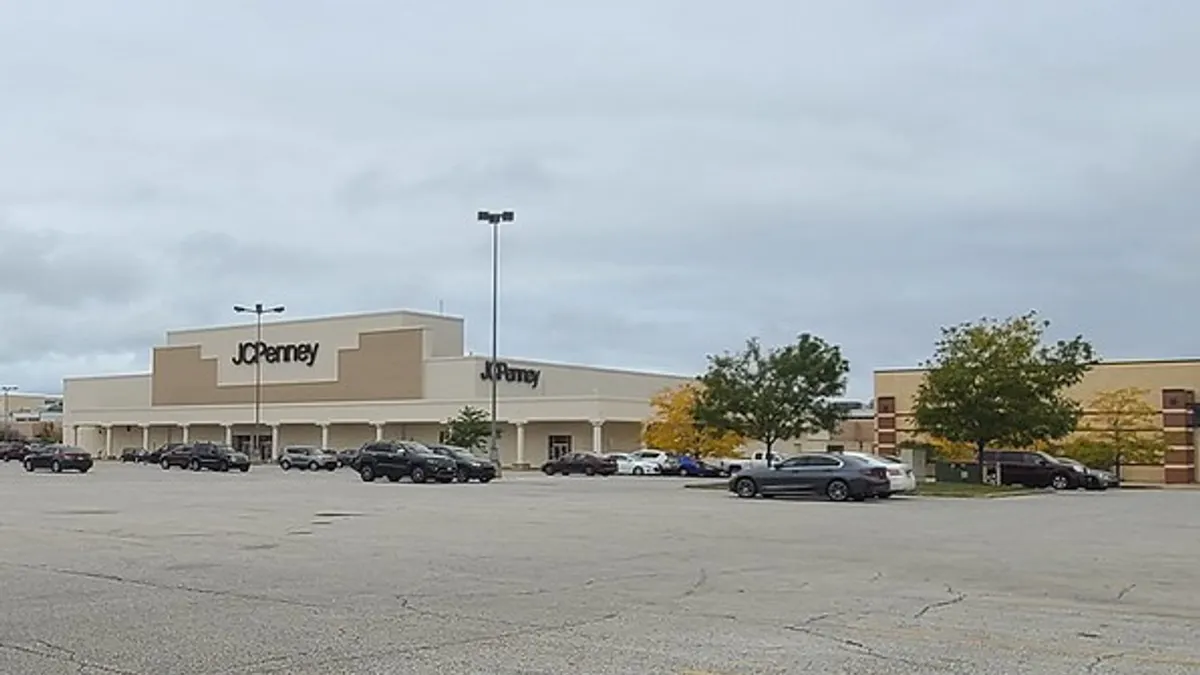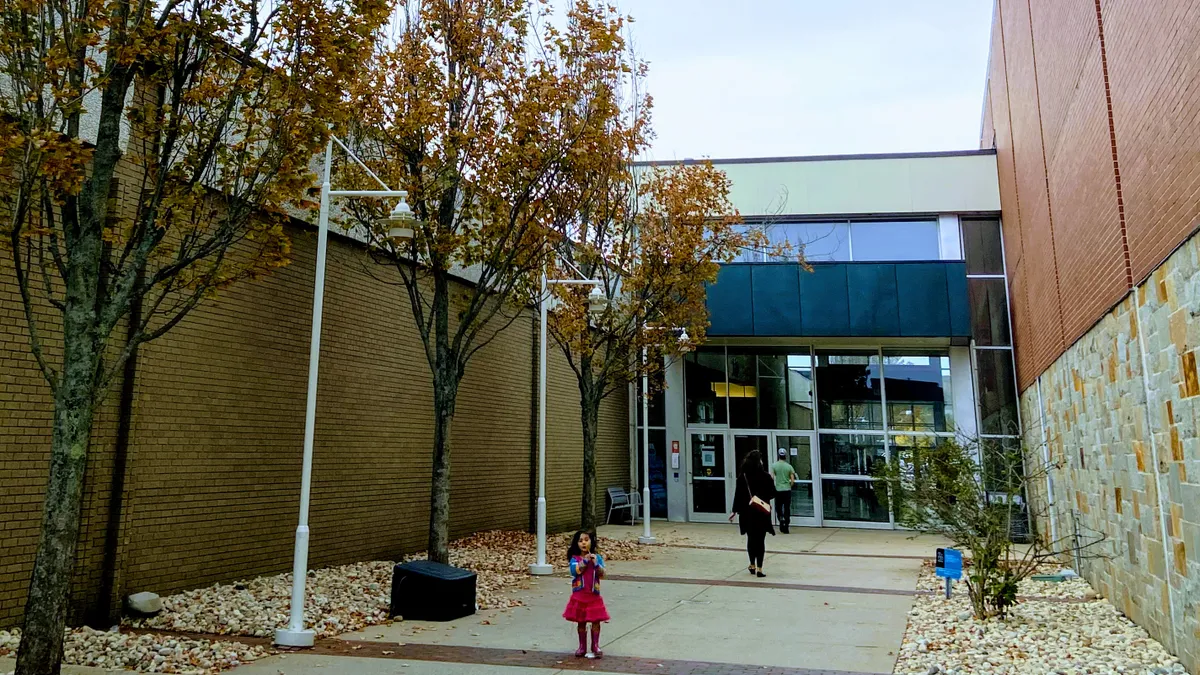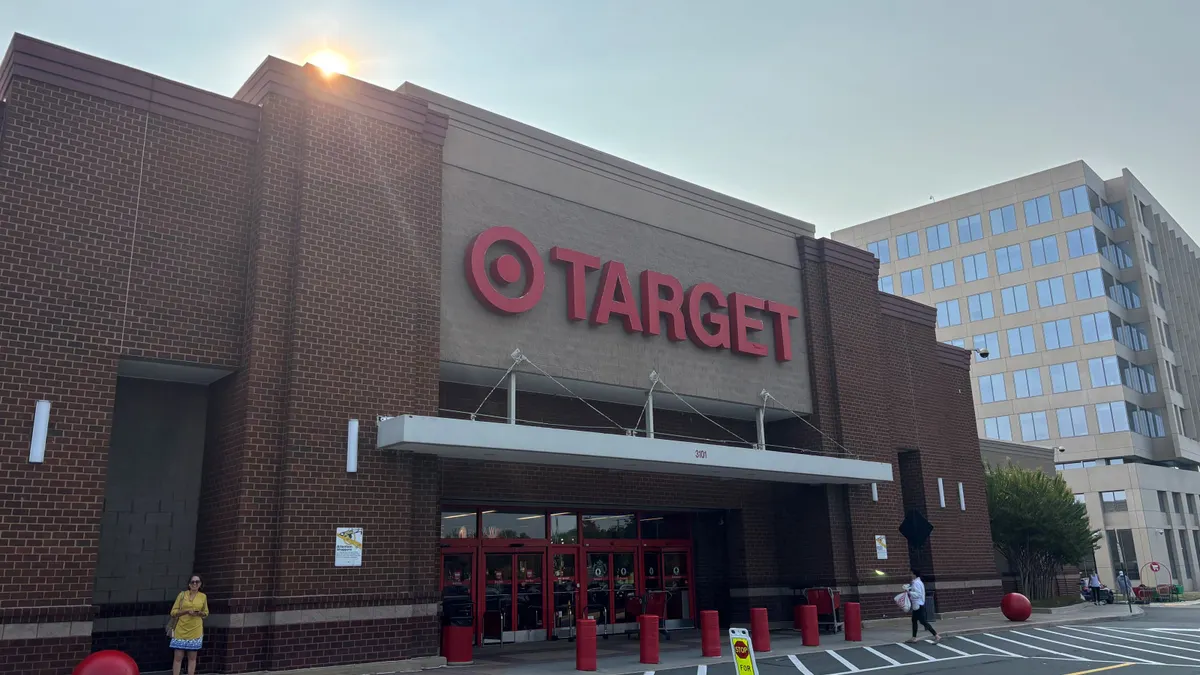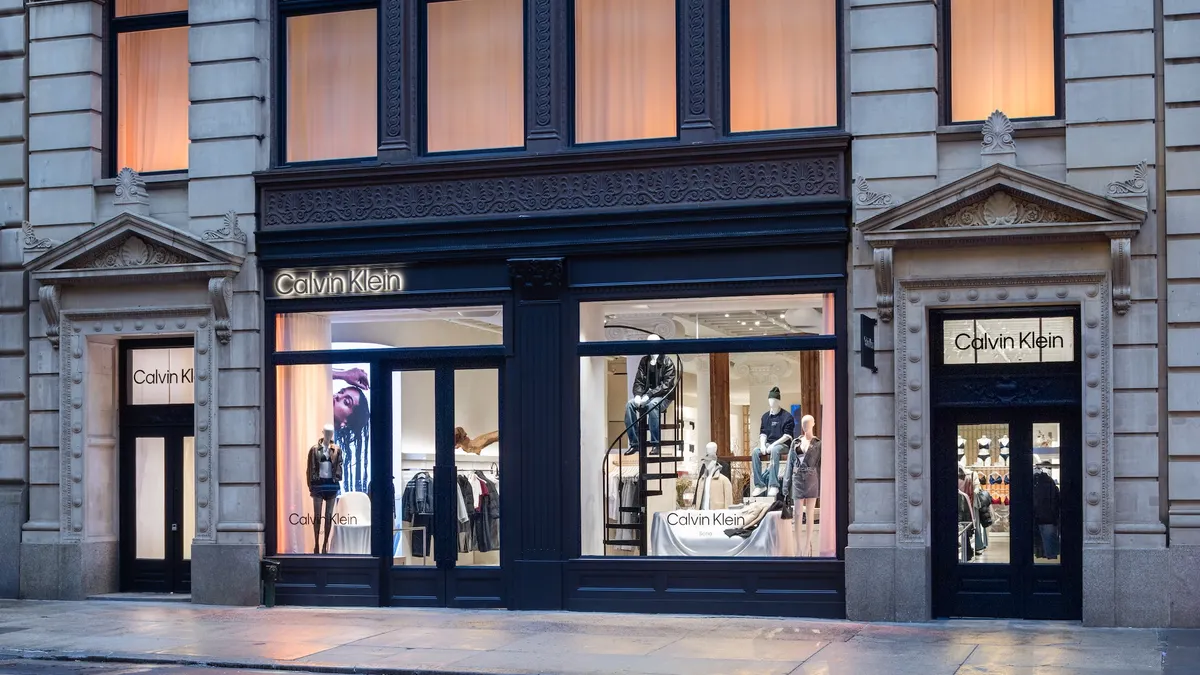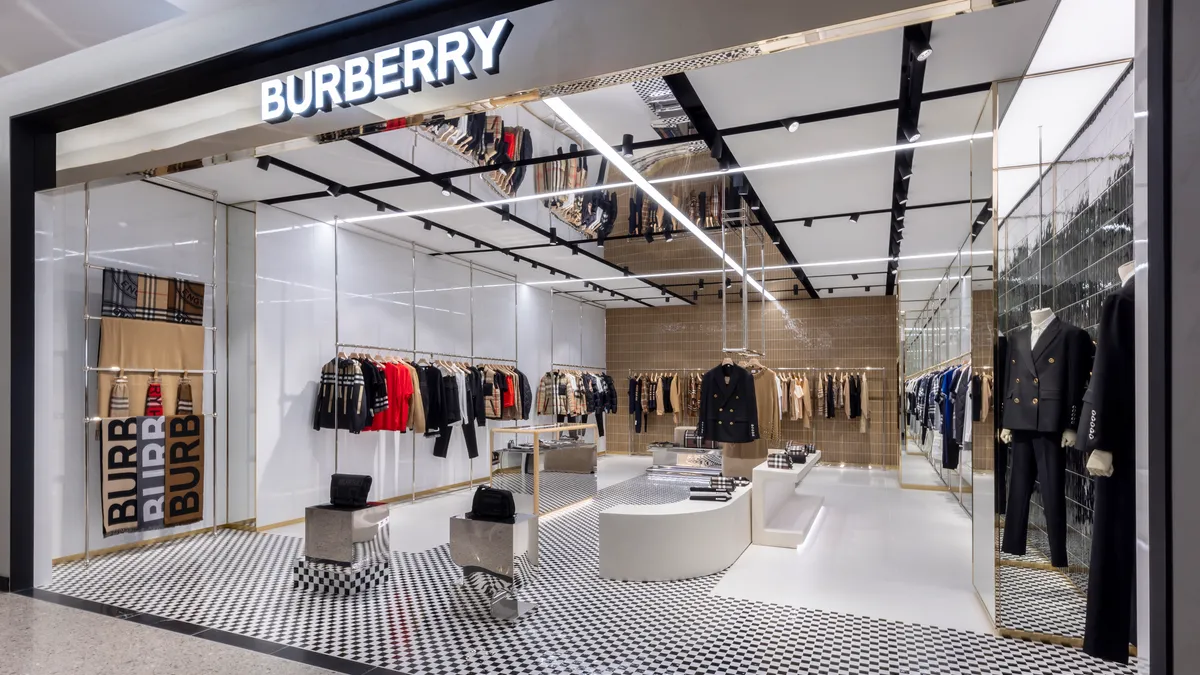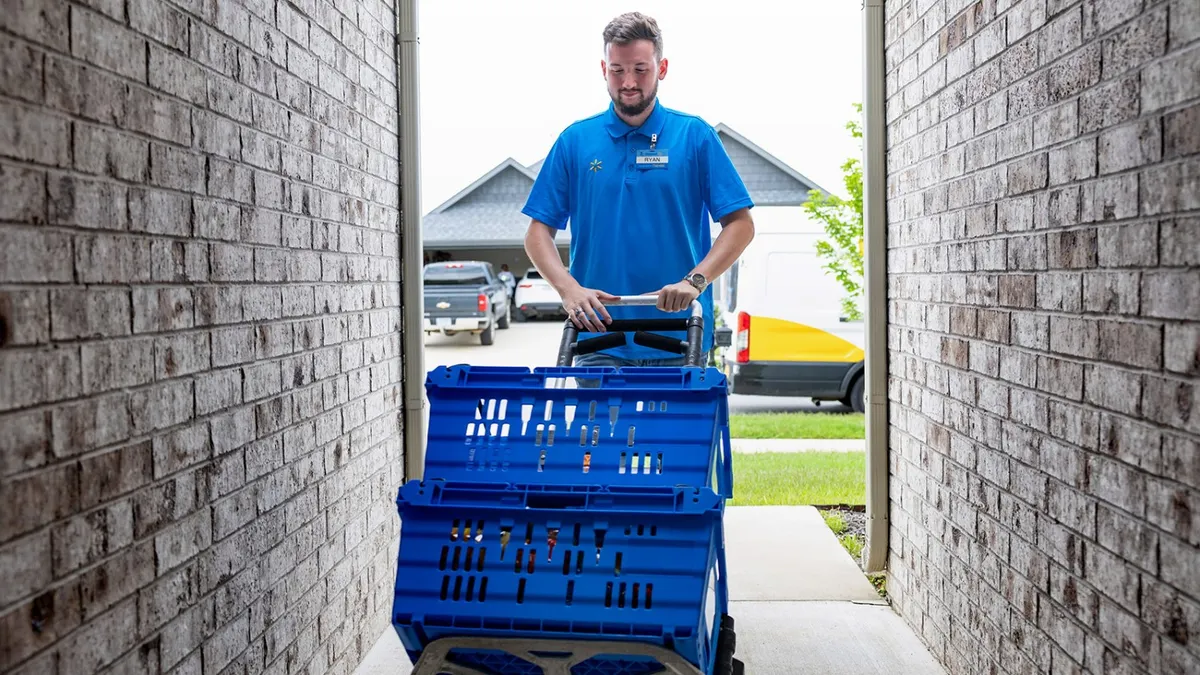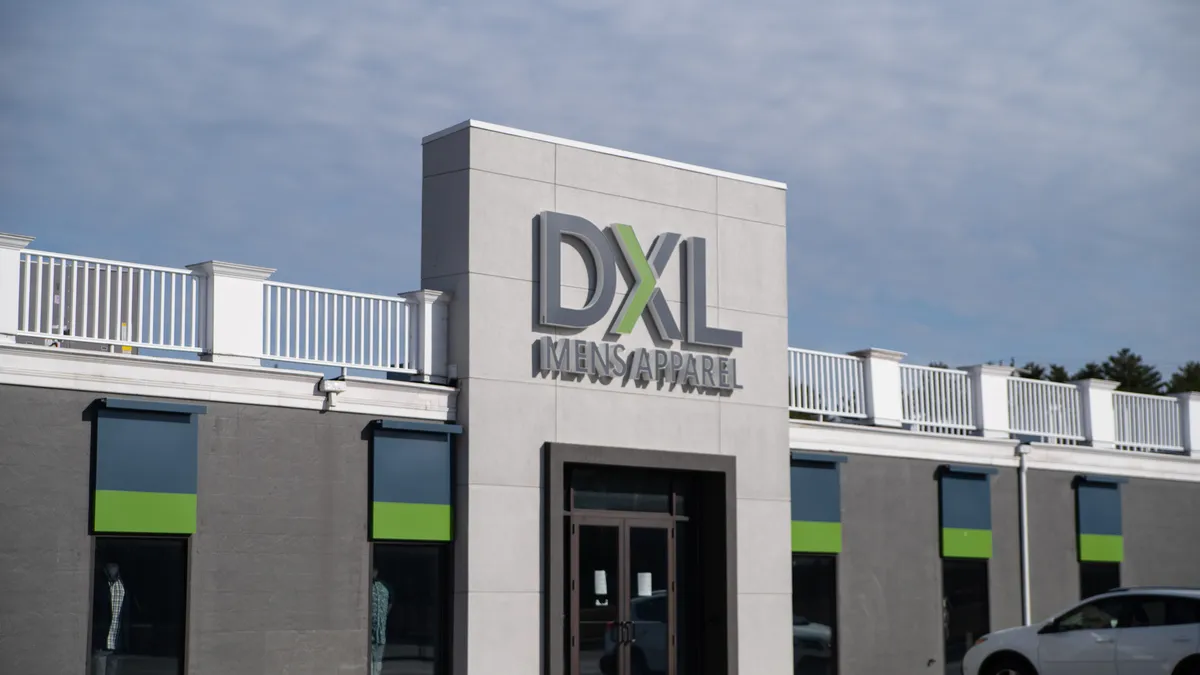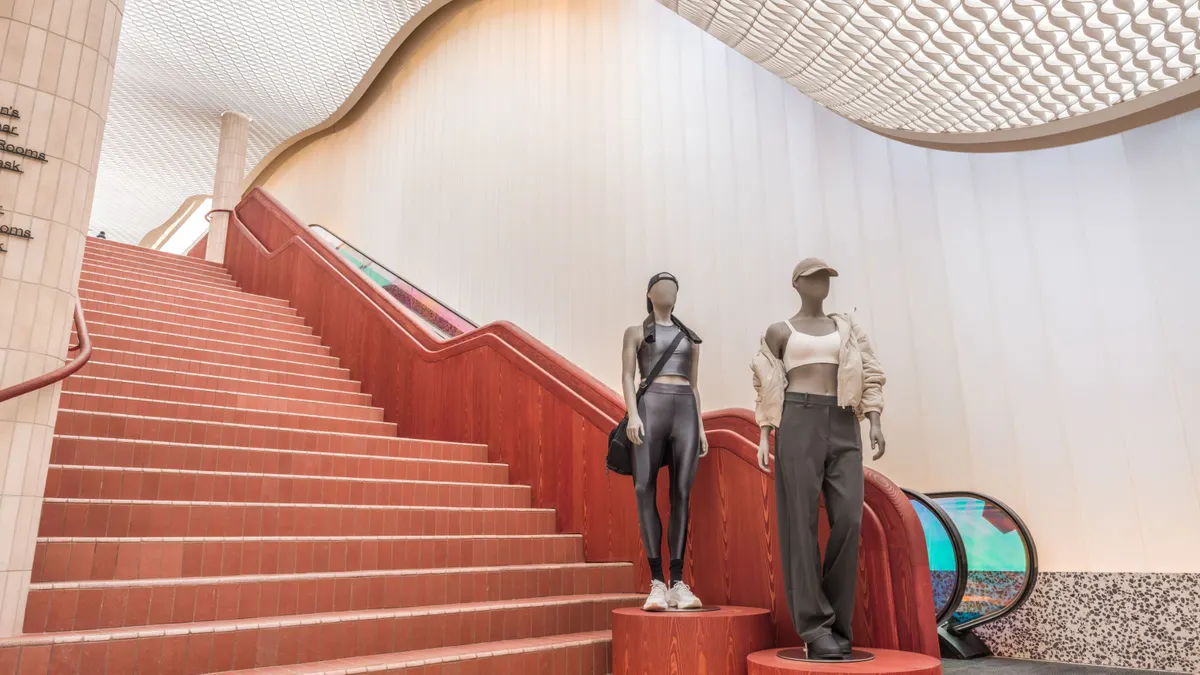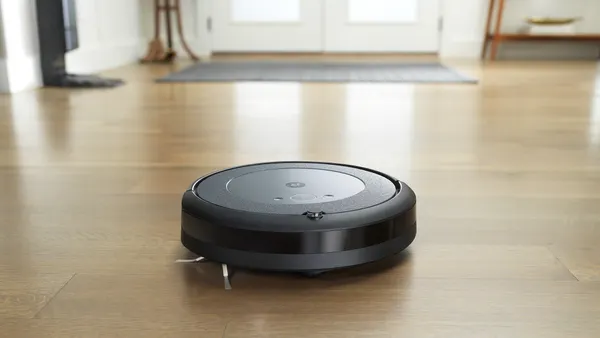There’s no doubt that the hey-day of the mall — the sprawling enclosed center anchored by department stores that thrived for decades in the 20th century — is over.
But is the American mall dead? Or is it evergreen?
“Over the years as enclosed malls have evolved, it turns out that the A malls are doing extremely well, and C and D malls are accelerating to extinction,” said Chris Conlon, CEO of WPG, formerly known as Washington Prime Group. “We're speaking about B malls, and we're speaking about B malls that can be identified such that they're not becoming C or D malls. In other words, maybe they have a reason to exist.”
"As enclosed malls have evolved, it turns out that the A malls are doing extremely well, and C and D malls are accelerating to extinction. We're speaking about B malls ... maybe they have a reason to exist."

Chris Conlon
CEO of WPG, formerly known as Washington Prime Group
That’s the idea behind “evergreen malls,” a concept outside of the industry-accepted A to D rating scale developed by Green Street years ago. According to Green Street Vice President of Advisory Services Jake Bracken, terms like “evergreen” and “non-core” editorialize a bit beyond those ratings, in order to describe gray areas. They haven’t solidified as terms of art and aren’t generally employed in Green Street’s research, he said by video conference.
“The evergreen mall is largely considered a stable or performing mall in its market environment, while the non-core mall is the mall that's struggling, and probably headed for foreclosure or repurposing,” Bracken said, noting that A or B malls could be evergreen.
The criteria
Conlon uses “evergreen” to describe malls that will last without evolving much, if at all, and, to him, they are strictly B malls. In fact, according to Conlon, it’s foolish to put much money into an evergreen mall, because spiffing it up wouldn’t draw more traffic or sales. Aside from keeping the interior and parking lot clean and safe and the HVAC functioning well, these centers’ productivity comes from being left alone.
“Sometimes our malls feel like a time machine because they haven't received the same investment that an A mall would, nor would they benefit from the investment like an A mall would, because it's fine where it is,” Conlon said by video conference. “Its net operating income is sustainable and it is durable.”
“Sometimes our malls feel like a time machine."

Chris Conlon
CEO of WPG
The word “evergreen” was a replacement for “survivor,” which Conlon said he saw as overly negative. He has a clear-cut set of criteria that makes a mall evergreen:
-
It’s the best in town or the only game in town
-
It’s in a secondary or tertiary geography versus a major city
-
It doesn’t produce sales above $700 per square foot, but sales are steady and in some cases growing, even though foot traffic is generally flat relative to 2019 (pre-pandemic)
-
The rent-to-sales ratio among tenants is 12% or less, meaning those retailers are all making money and are healthy
-
Overall occupancy in the low- to mid-90% and permanent occupancy (year-plus leases) in the low- to mid-80%
-
Rents and net operating income growth trend of 1% to 3%
-
It has stable anchors that include almost any Dillard’s, a healthy J.C. Penney or a Macy’s that is not on the closing list
This is, ultimately, a sales pitch. WPG, owned by private equity firm SVP Global since emerging from bankruptcy in 2021, is selling all of its assets, which include the portfolio of what Conlon calls evergreen malls and another of higher-end open-air centers. The company, which previously unloaded its non-core malls, declined to specify how many properties have sold and how many are still on the market.
"Malls tend to fall into two camps — they’re either dying, or they’re thriving and sustaining with vibrancy. But there is a slice in between that I’d describe as B-plus malls."

Bryn Feller
Managing Director & Senior Vice President of Northmarq
For others in the industry, the term “evergreen” is less specific.
“In my view, malls tend to fall into two camps — they’re either dying, or they’re thriving and sustaining with vibrancy,” said Bryn Feller, managing director and senior vice president at commercial real estate firm Northmarq. “But there is a slice in between that I’d describe as B-plus malls. These aren’t the trophy centers like Oakbrook or Bal Harbour, but they’re not dying either. They have enough critical mass to remain sticky for maybe a decade or longer. That’s what people mean by ‘evergreen.’”
Renewed interest
The notion that a middle-of-the-road mall has longevity is also backed up by the recent attention — and investment — that B malls are attracting these days. Just this year, Dillard’s took a stake in a mall in eastern Texas, Walmart acquired a mall in Pittsburgh and Simon Property Group said it will begin fixing up some of its B malls in a quest for growth. In the past, Simon CEO David Simon rarely if ever talked about the B malls in the REIT’s portfolio, Conlon said.
"With the strong recovery in retail post-Covid, we are seeing some of these malls regain some life.”

Jake Bracken
Vice President of Advisory Services at Green Street
“It was interesting to hear David start to talk about his B malls, and acknowledge that he owns some and that he's willing to invest in them,” Conlon said. “That means he understands that their decline has flattened, and now there's some growth and they're investable. ‘I should put money into them. I should pay more attention to them. These are going to be around forever.’”
This second look is part of retail’s post-pandemic rally, though malls’ prospects vary, according to Green Street’s Bracken.
“Each mall is very different and very intertwined with the community, and a specific mall in a specific market may or may not work in another market,” he said. “At the core of the evergreen analysis is — there are these malls which may have been struggling for the past years, and there were questions about their long-term outlook. But with the strong recovery in retail post-Covid, we are seeing some of these malls regain some life.”
The prospects
Forever, though? Maybe not. Malls that may seem evergreen are quite vulnerable, analysts say.
“The real test of an evergreen mall is what happens when legacy anchors like J.C. Penney — and eventually Macy’s — depart,” Feller said. “There aren’t obvious department stores waiting to take those boxes. So the question becomes: Can they attract a new type of anchor? Maybe a Dick’s House of Sport, maybe a grocer, or some other experiential concept? If they can, they can hold onto that evergreen status. If not, it’s very difficult to sustain.”
Nick Egelanian, president of retail development firm SiteWorks, is even less sanguine.
“Do I believe in the idea of evergreen malls? No. Not without approaching each property to determine what its highest and best uses are, and then investing the money."

Nick Egelanian
President of SiteWorks
“Do I believe in the idea of evergreen malls? No. Not without approaching each property to determine what its highest and best uses are, and then investing the money to bring it to that,” he said by phone. “The model, the mall model itself, really does not work any longer. Now, that doesn't mean that some of the properties aren't hanging on.”
Even those, though, could easily be devastated if a new development were to come to town, he said.
“When someone comes along and does something better, Apple and Sephora and the others will move because they don't want to be in with a lot of stupid stores,” he said. “So either someone buys it and makes it the dominant mall — that nobody can take out — or someone else takes it out eventually. Malls don't stay mediocre and survive forever, except in mediocre markets.”



